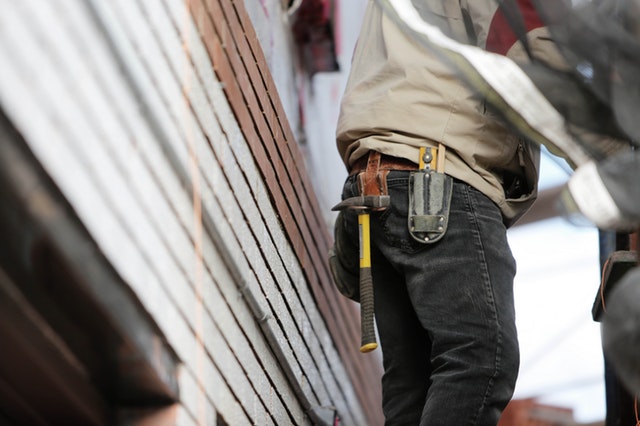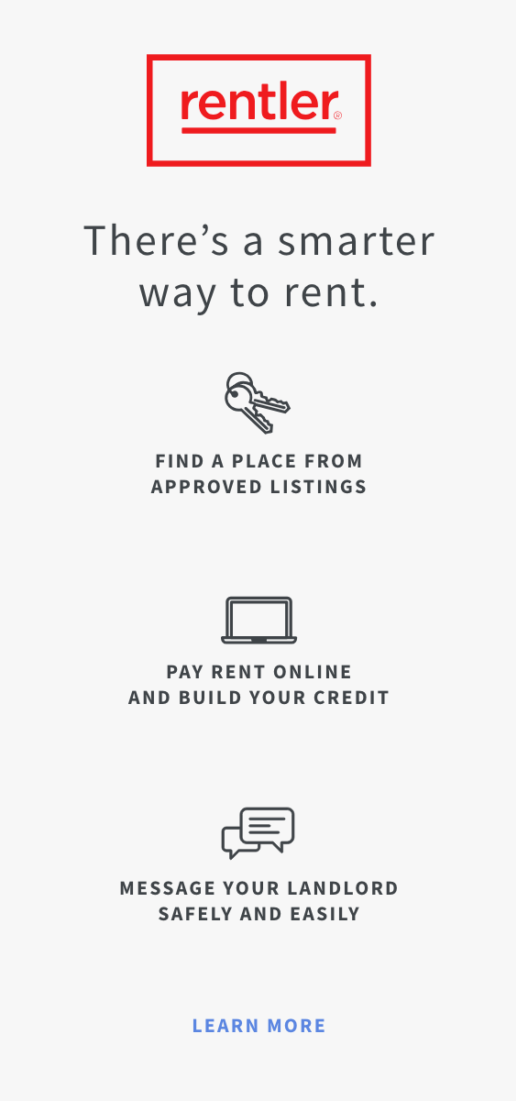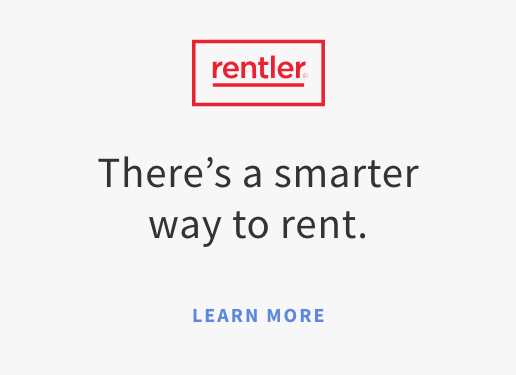Who’s responsible for the repairs in rental properties? In most cases, that’s purely a landlord’s job. But to get everything fixed in a proper and timely manner, you, as a tenant, need to submit a detailed maintenance request.
To avoid any hassles with rental regulations, first check to ensure your repairs request complies with local and state laws. It also makes a lot of sense to know your landlord’s rights and obligations towards your tenancy agreement. In the state of California (as well as in most of the US), for instance, in order to conduct repairs, a landlord must give the tenant 24 hours notice before entering the property. No unexpected landlord visits are allowed. The exceptions are emergency situations and other cases determined in the lease agreement.
For the landlord to better manage your maintenance request, include all the relevant information. Whether you have a paper or an online form, the information should be helpful and thoroughly spelled out.
If you’re using property management software, it might be easier to submit requests. Due to maintenance management, you and your landlord can save time on reporting issues, managing repairs, and fixing damages.
Make sure to add the following information to your maintenance request:
- Name and full address.
- Phone number and email address.
- Type of maintenance.
- A detailed description of the issue.
- Photo and video of the problem (optional).
Also, classify a request according to its urgency and priority.
Urgent maintenance requests must be addressed immediately. Broken pipes that can cause indoor flooding or a hot water issue in the dead of winter are generally considered urgent repairs and should be resolved within 24 hours. They automatically get the highest priority. And it won’t be weird if you contact your landlord regarding the issue at odd hours.
Non-urgent maintenance requests are typically low priority tasks that can be postponed, but you still should not procrastinate on them. Some of the problems can become dangerous in the long run. While a leaky roof doesn’t seem critical at first, it might turn into an expensive repair over the years.
In fact, there’s an effective solution to avoid costly maintenance – rental inspections. Your landlord is probably well-aware of that. Rental inspections can prevent expensive home repairs if conducted on a regular basis. But again, keep in mind that there should be a notice given to you prior to entering your rental (usually 24 to 48 hours).
Helpful tips on submitting a maintenance request:
- Keep it formal: When reporting a problem, stay focused on its solution without being rude or disrespectful towards your landlord. Remember that landlord-tenant communications should stay business-like no matter how critical the issue is.
- Be as detailed as possible: Describe every detail of the maintenance problem, say when you first noticed it, how bad it is, and when you expect it to be resolved.
- Attach photos of the issue: As a picture is worth a thousand words, take a photo of the issue and send it to your landlord via email or text for them to get an overall picture of the problem.
- Check on the status of the repair: If you use digital software for tracking maintenance requests, you can easily check if the request has been addressed just by logging into your account. But reaching out to the landlord to find out when it’ll be performed is also a good idea.
The truth is, maintenance issues happen pretty often: they are an inseparable part of renting. It’s essential to know how to effectively address them and what should be included in a maintenance request to quickly resolve the problem.




